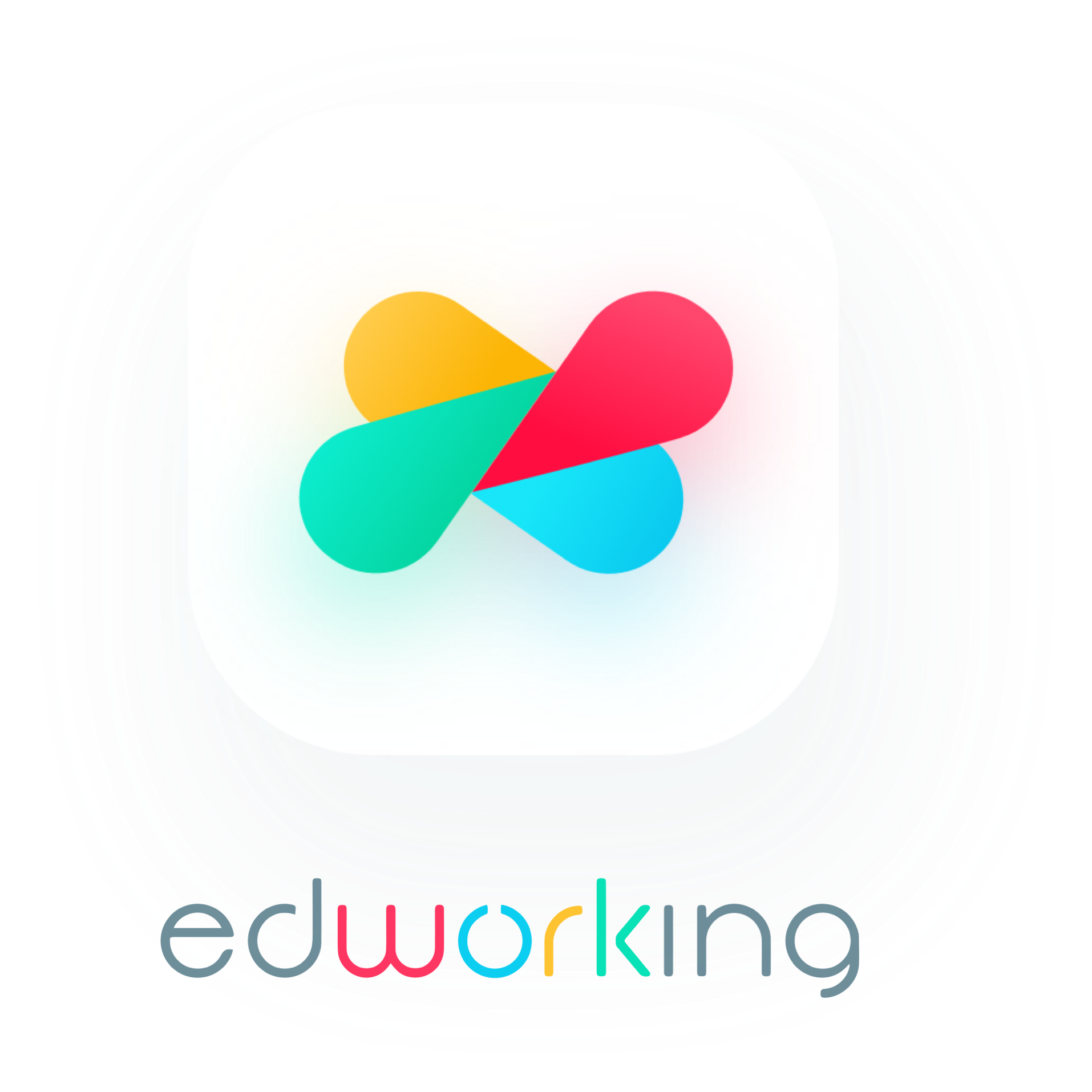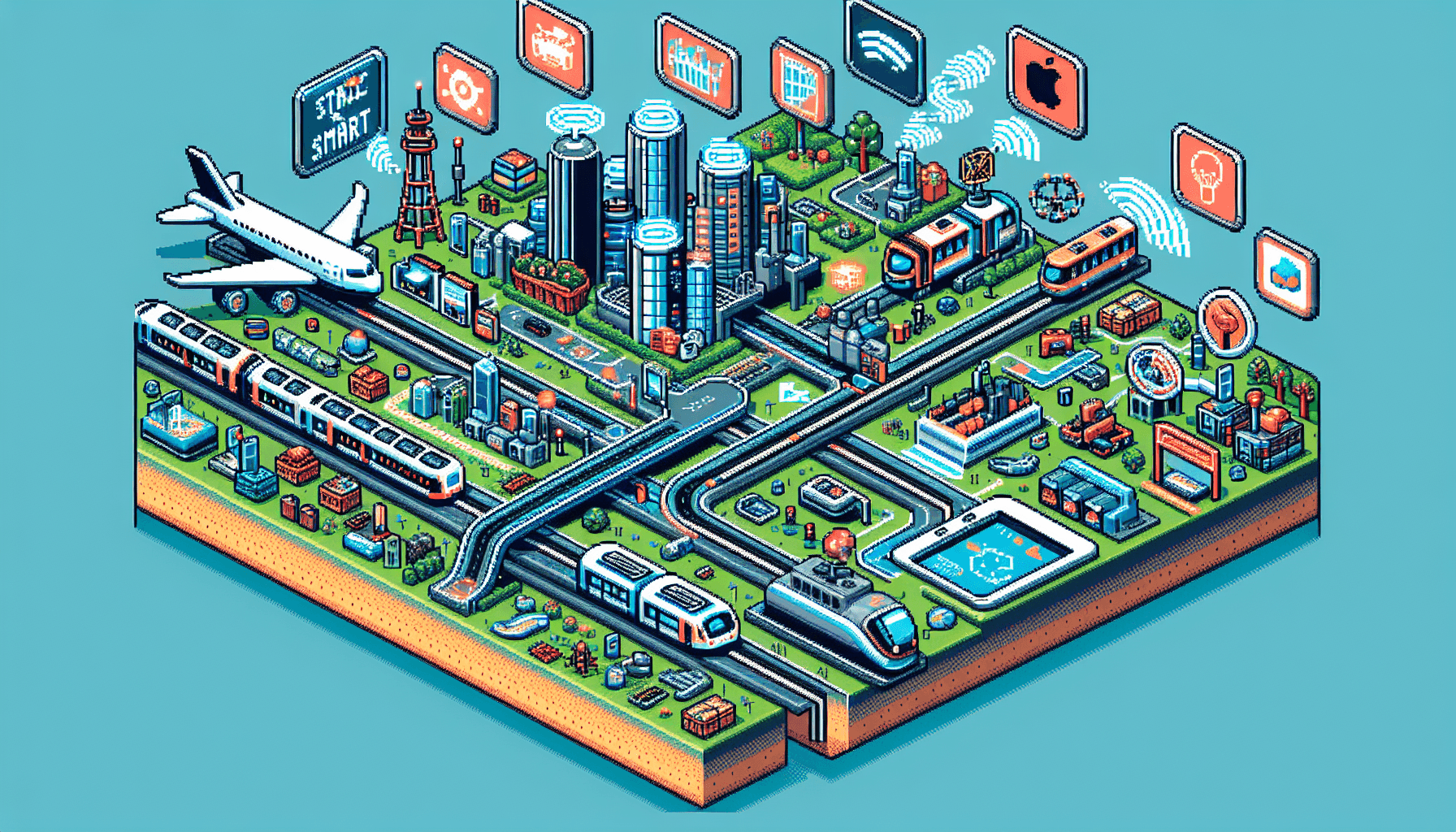The Vision Pro has quickly become an essential item that I take onto every flight. It’s a fantastic device to travel with—be it by train or by plane, it offers an unparalleled opportunity to selectively tune out your environment and sink into an engaging activity like watching a movie or just working on your laptop. In this blog post, I’ll outline what I’ve learned about the Vision Pro while traveling, explain some of the functionality, shine light onto its drawbacks, as well as assess how it fares against solutions like a phone or a laptop. For context, most of the traveling where I’ve brought my Vision Pro along has been on airplanes, but this applies to traveling by train as well.
 Packing / Travel Setup
Packing / Travel Setup
First and foremost, space in my suitcase or backpack while traveling is the most valuable commodity. Whenever I’m packing for a trip, anything that adds unnecessary bulk to my setup is immediately discarded. For that reason, I highly recommend that you do NOT purchase the behemoth of the $200 Vision Pro “travel case” from Apple. It’s unnecessarily massive and doesn’t fit into ANYTHING. Avoid it at all costs unless you absolutely need a crazy amount of protection from the elements (but at that point, might as well buy a Pelican case!). My travel setup is super simple and minimal. To protect the front glass, I use the “Vision Pro Cover” that comes by default with the headset and on the inside, I use this affordable, generic VR lens protector cover to prevent anything from scratching the lenses. I then throw it into my backpack, face-first, sitting above the other items. I even use the space between the Solo strap and the headset itself as a place to put my rolled-up puffer jacket or quarter-zip. This way, the only amount of space that it actually takes up is the thickness of the headset itself!

Image: A compact packing setup for the Vision Pro, maximizing space efficiency.
 User Experience
User Experience
Airport Security Line
At the airport security line, I typically pull out my laptop and the Vision Pro from my backpack. Thankfully, it seems like the Vision Pro doesn’t look suspicious at all while being x-rayed as I haven’t been questioned about it yet.
Travel Mode
The Vision Pro’s 6DoF tracking system is built on a combination of IMU’s + SLAM cameras (same as any other VR headsets). Unlike other VR headsets, however, it has a native “Travel Mode” which accounts for the fact that using a 6DoF VR headset in a moving vehicle will lead to massive drift and tracking issues. The Vision Pro’s Travel Mode was specifically designed to account for these tracking issues (essentially relying entirely on the SLAM cameras and ignoring the IMU data). As I put on the headset, if the plane is a bit unstable, the Vision Pro detects that I’m on a plane and will suggest to turn on Travel Mode with an actionable notification, which is great because it eliminates any need to prepare the headset prior to boarding/take-off! This was a very deliberate design choice by Apple and is a very welcome one.
 Battery Life & Charging
Battery Life & Charging
The 2.5-3 hr battery life of Apple Vision Pro is… fine. It’s enough to watch a 90-120 minute movie and mayyybe an episode of a TV show. For short flights, this is perfectly adequate but for longer, transatlantic/transpacific flights, it’s obviously very much limited. The best option to extend its battery life is if your plane seat has a 120/240V power outlet. Given that you have a minimum 30W charging adapter, you’ll be able to keep your Vision Pro charged indefinitely. The next best option is having a high power output battery bank. I use a single 12k mAh Anker battery bank (which can output up to 60W), so recharging the Vision Pro does eat up the entirety of the battery bank’s capacity. This is something to keep in mind if you need to keep your phone charged as well.

 Physical Comfort
Physical Comfort
Now, if you’re like me and find the Vision Pro’s ergonomics and weight distribution to be utterly uncomfortable, I will highly recommend that you try to find a comfortable setup before you embark on your journey. Having gone through quite a few head strap setups, I now use the VR Cover Universal Headset Support Strap exclusively. It offers quite a lot of comfort without adding any bulk to the portability of the headset. It helps by removing pressure off your cheeks and distributing the weight onto the front area of the top of your head (similar to a typical VR headset halo strap). It’s not perfect but I find it to be “good enough” for now.
 Social Comfort
Social Comfort
Another aspect of comfort is… social comfort. When I’m wearing a VR headset around people, I don’t know whether they’re looking at me, or where they are, what they’re doing, etc. Here, the combination of Passthrough + EyeSight offers a great way of remaining aware of your surroundings. Thankfully, it seems like one of the few places where it’s currently socially acceptable to wear a Vision Pro is on a plane. Of the 5-10 times that I’ve worn it on planes, I haven’t had the feeling of people staring at me suspiciously, whispering about me (at least to my knowledge), or asking me about what I’m doing.
 Watching Movies
Watching Movies
Once Vision Pros start to become more affordable, I foresee regular travelers buying Vision Pros just to have an amazing in-flight entertainment system. It’s truly that amazing. Here are some of the things I’ve learned while watching movies on planes.
Apps
The way you’ll want to watch movies and shows is through native VisionOS apps (Apple TV, Disney+, Max) as they will play videos in their native aspect ratios, offer the highest quality visuals and audio, and have a much easier UI built for AVP. Apple TV is my preferred app to watch movies with. In my opinion, it provides the highest quality video and audio playback, the ability to buy or rent movies without needing to subscribe, and overall, has the simplest and cleanest UI.
Visuals
The movies that play in virtual screens are native to the films’ aspect ratios, which can vary movie to movie, eliminating the black bars of “letterboxing” and “pillarboxing” you typically have on iPads, iPhones, or MacBooks. They make great use of the high-res displays of the Vision Pro, its wide color gamut, and its bright HDR capabilities. In fact, of all the screens and displays in my house, my Vision Pro is hands down the highest quality display that I own, so I very much look forward to watching visually compelling movies in it.
 Mac Virtual Display
Mac Virtual Display
The other major use case of Apple Vision Pro on plane is… to work! I don’t mean working with the silly little iPad apps but rather, connect it to your MacBook and turn its tiny little screen into a battle-station. Mac Virtual Display is a native way for your Mac to stream its screen to the Vision Pro wirelessly without needing a Wifi or network connection. This is noteworthy as most virtual desktop software for VR headsets require either a cabled connection or a local network.

 Conclusion
Conclusion
I’ll try to summarize my thoughts on Apple Vision Pro as a traveling device. The first generation Vision Pro is an incredibly vivid showcase of how Apple sees its power users connecting all the devices within their ecosystem to provide a high quality, private, immersive experience, especially in environments that are outside of their typical home/work spaces. As a travel device, it’s a fantastic platform for watching movies and expanding my MacBook workspace. It has many flaws, which power users (like myself) who are motivated enough to make the most out of their device will find ways of alleviating. As it stands, as a first generation product that’s heavy, very expensive, and has a very underbaked OS and app ecosystem, I have a tough time recommending anyone to go out and buy one. That being said, I’m taking it on every flight I go on. But damn, based on how well it all works now, you can just tell by the 4th or 5th generation, Apple Vision Pro will be on the face of every frequent flyer.
 Remember these 3 key ideas for your startup:
Remember these 3 key ideas for your startup:
- Embrace New Technologies: The Vision Pro demonstrates how cutting-edge technology can enhance productivity and entertainment. Startups should consider integrating such innovations to stay ahead in the competitive market. For more on how to integrate technology into your business, check out this guide to business process modeling.
- Optimize for Portability and Efficiency: Just as the Vision Pro is optimized for travel, startups should focus on creating solutions that are both portable and efficient, catering to the needs of modern, mobile professionals. Learn more about task automation to enhance efficiency.
- Enhance User Experience: The seamless integration of Vision Pro with other Apple devices highlights the importance of a cohesive user experience. Startups should aim to create products that offer intuitive and enjoyable interactions for users. Discover more about product management for teams to improve user experience.
Edworking is the best and smartest decision for SMEs and startups to be more productive. Edworking is a FREE superapp of productivity that includes all you need for work powered by AI in the same superapp, connecting Task Management, Docs, Chat, Videocall, and File Management. Save money today by not paying for Slack, Trello, Dropbox, Zoom, and Notion.
For more details, see the original source.






